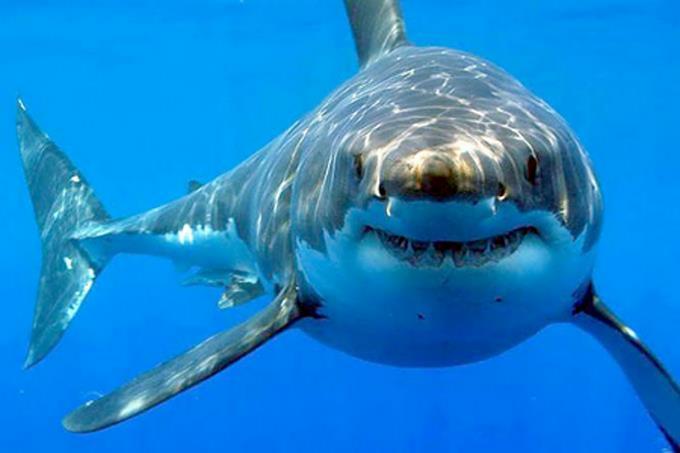Basic research has confirmed the theory that when large white sharks bite humans, it may be a false alarm.
To achieve that conclusion, the University of Macquarie has tested a model that simulates the ‘shark sight’ in the swimming patterns of humans, seals and sea lions.
“Surfers, especially young white sharks, are a group at high risk for deadly shark bites,” says lead author Dr. Laura Ryan is a postgraduate researcher in animal sensory systems at the University Neurobiology Laboratory.
Large white sharks, along with bull and tiger sharks, make up the majority of attacks on humans.
“On the surface of the ocean we found that surfers, swimmers and pinnipets (seals and sea lions) are indistinguishable from a white shark looking from below because these sharks cannot see details or colors,” he says.
Ryan, who is an avid surfer despite being immersed in shark bite research, says the study will help scientists better understand why some sharks bite humans.
In response, scientists at the Neurobiology Laboratory are working on non-invasive vision-based devices that can protect surfers and swimmers from shark bites.
Ryan says a recent study published in the Royal Society Interface magazine is a practical test of many years of team work to understand how sharks look by examining the neuroscience of the visual systems of white sharks.
The team compared underwater videos of rectangular floats, seals and sea lions swimming, humans swimming with different movements and humans paddling on surfboards of various sizes at a large fishpond at the Toronga Zoo, both fixed and mobile cameras.
“We’ve integrated a GoPro with an underwater scooter and set it to travel at the usual speed of predatory sharks,” says Ryan.
Back at the Macquarie Neurobiology Laboratory, the team relied on extensive shark neuroscience data to use filters for video images, and then developed modeling programs to simulate the way a young white shark processes different objects’ movements and patterns.
“I didn’t realize there would be so much coding in being a scientist,” Ryan admits, but the results were bright: for a young white shark, when humans swim and paddle on a surfboard, they look like seals and sea lions. .
Smaller surfboards were harder to distinguish from pinnipets, so they may represent more attractive prey than longboards or standing paddle boards for white sharks, which are generally aimed at small finnip cubs and youngsters.
Most sharks are likely to be completely color-blind, and the main visual reference for large whites is the shadow pattern, so the colors on the boards and vests are unlikely to change the appearance of the sharks.
However, researchers are now exploring other ways to change the way sharks perceive different images, including the use of LED lights.
“Sharks use a variety of sensory cues to differentiate between different objects and focus on their diet, and these vary in sensitivity between shark species,” says Ryan.
White sharks are more sighted and more dangerous to young humans than older and larger white sharks with better vision.


:quality(85)/cloudfront-us-east-1.images.arcpublishing.com/infobae/RJ6HHCMZKUH7EAYG5MC45I4QFY.jpg)
:quality(85)/cloudfront-us-east-1.images.arcpublishing.com/infobae/47BRYI4RHZD35EGLV5VD3WHLII.png)
:quality(75)/cloudfront-us-east-1.images.arcpublishing.com/elcomercio/6GS2R5FKGFAA5A4UY3KS7V2PPE.jpg)
